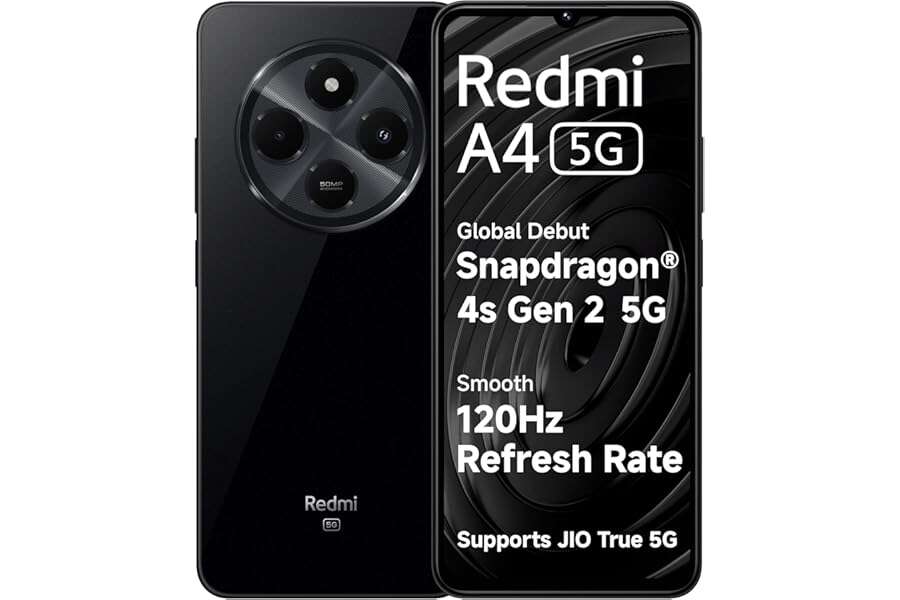5 Real-World Use Cases of Sim Testing on Real Mobile Devices

In today's world of constant digital connection, mobile phone apps depend on smooth and reliable internet performance that works perfectly across different situations and locations. People now expect their smartphone applications to function seamlessly whether they are making video calls with friends, managing their bank accounts on apps securely, or shopping online with just a few taps. The tiny Sim card inside the mobile phones plays a crucial role in making all these digital experiences possible, connecting users to networks across various countries and technologies.
Large companies face a big challenge: how can they guarantee that mobile connections work perfectly for millions of users who have different phones, live in different places, and use different internet networks? The solution comes through careful testing on real mobile devices, which helps businesses understand exactly how their services perform in real-world conditions.
Here are the five real-world use cases of Sim testing on real mobile devices.
Ensuring Reliable Roaming for Global Travelers,
Let's explore how mobile phone companies solve the frustrating problem of losing internet connection when traveling to another country. Picture yourself in a foreign city, desperately needing to join an important video meeting, but your smartphone cannot connect to the local telephone network - a nightmare scenario for many travelers.
To prevent these connectivity nightmares, telephone and travel companies use a smart method called real-device mobile app testing. This approach involves placing actual phone cards from different countries into genuine mobile devices and checking how well they work in various network environments. Technicians carefully examine multiple important factors during these tests, including how clearly phone calls come through, how quickly internet data transfers, and how smoothly phones switch between different network providers.
For example, a worldwide telephone company might test phone cards from France, Germany, and Japan to make absolutely certain that customers can seamlessly use their mobile services anywhere in the world. By simulating real-world travel scenarios, these businesses work hard to eliminate connectivity problems before they can frustrate travelers, creating smoother and more dependable international mobile experiences.
Guaranteeing Secure Transactions for Mobile Banking
Transferring money through a smartphone app requires lightning-fast and robust security. Imagine trying to complete an important financial transaction. Suddenly your one-time password (OTP) fails to arrive or gets delayed. It could mean the difference between a successful transaction and a potential financial headache.
Banks and financial technology companies understand this critical challenge and use a sophisticated mobile app testing approach to guarantee smooth and secure mobile transactions. They carefully check phone cards across different mobile devices and network providers to ensure that security codes arrive instantly and reliably, no matter where a customer is located or what type of smartphone they're using.
For instance, a mobile payment application might conduct extensive tests across dozens of smartphone models and network providers. These tests ensure that when a customer initiates a money transfer, they receive their unique security code within seconds, regardless of whether they're using an older smartphone in a rural area or the latest device in a busy city center. This meticulous approach helps protect customers' financial information and provides a seamless, trustworthy digital banking experience.
Validating High-Quality Video and Voice Services
Communication apps like WhatsApp and Zoom have become essential tools for staying connected. But their performance depends entirely on how smoothly they work with different mobile networks. Imagine being in the middle of an important video call with a colleague or family member. Suddenly the connection becomes choppy, freezes, or drops entirely. It could be a frustrating experience that can disrupt critical conversations.
To prevent these connectivity nightmares, technology companies perform extensive tests that simulate real-world network challenges. These tests involve using actual phone cards in various devices to understand exactly how communication apps behave under different network conditions. Technicians carefully create scenarios that mirror actual user experiences, such as making calls while traveling on a fast-moving train, working in areas with weak signal strength, or trying to connect during times of heavy internet traffic.
The goal of these comprehensive tests is to ensure that communication apps provide a consistently high-quality experience, no matter where users are located or what type of mobile network they're using. For example, a video conference platform might test its application across dozens of smartphone models and network providers to guarantee that users can host meetings seamlessly - whether they're in a busy airport with hundreds of people using the same network or in a remote countryside location with limited connectivity.
Optimizing E-Commerce App Performance Across Networks
In online shopping, a single moment of network weakness can cost businesses thousands of dollars in lost sales and frustrating app experiences. Picture this: you're eagerly participating in a limited-time flash sale, your finger hovering over the "buy now" button, when suddenly the app freezes, the connection drops, or the transaction fails completely - turning an exciting shopping experience into a moment of pure frustration.
Leading online shopping platforms understand these critical challenges and use sophisticated testing methods to ensure smooth, reliable shopping experiences across different network conditions. By simulating various network scenarios, these companies work tirelessly to create mobile apps that can handle everything from lightning-fast city internet connections to slow, unpredictable rural networks.
Imagine a mobile shopping app being tested on a phone with a weak 3G connection in a remote countryside location. Technicians carefully examine how quickly the app loads, how smoothly product pages appear, and most importantly, how reliably payment transactions can be completed. They focus on two key challenges: preventing network interruptions during critical moments of purchase and reducing the time it takes for the app to become usable from the moment a customer opens it.
Testing IoT Devices in Real-Life Scenarios
As technology becomes increasingly interconnected, smart devices like connected cars, smartwatches, and home security systems now depend on constant, reliable internet connections to function effectively. Imagine driving through a long tunnel and suddenly losing the navigation system, or having a home security camera fail during a critical moment - these scenarios highlight the importance of seamless connectivity in our modern technological landscape.
The technology behind these smart devices relies on special embedded phone cards called eSims, which allow machines to stay connected across different networks and environments. Companies that create these devices perform extensive testing to ensure they can maintain internet connections under challenging conditions, from driving through remote mountain passes to crossing international borders.
Consider a connected car as an example. Technicians carefully test the vehicle's navigation and communication systems to guarantee they work perfectly during long road trips, regardless of changing network conditions. They simulate scenarios like driving through areas with weak signals, moving between different network providers, and maintaining critical functions like real-time navigation and emergency alert systems.
Final Thoughts
Delivering flawless connectivity in a complex mobile ecosystem is no small feat, but real-device Sim testing makes it possible. From securing mobile banking apps to enabling global roaming and optimizing IoT performance, Sim testing on real mobile devices ensures that users can rely on their devices and apps whenever, wherever.
So, the next time you enjoy uninterrupted video calls or snag a great deal on an e-commerce app, remember: somewhere behind the scenes, someone ran countless Sim tests on real devices to make that experience perfect for you.



